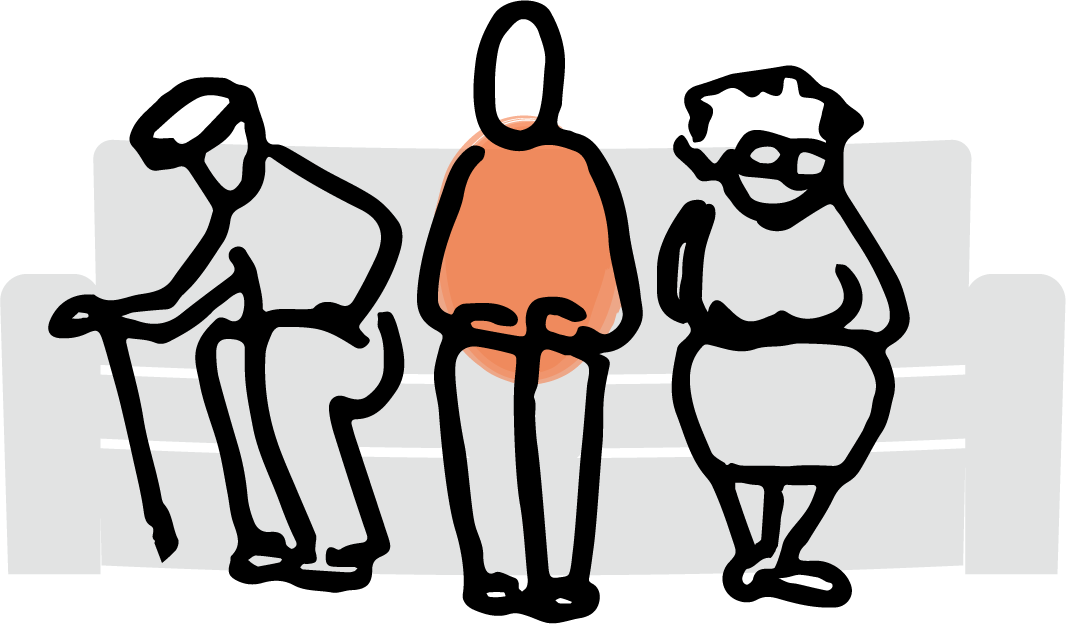The Winter of Our Discontent
What to know about seasonal affective disorder.
Early Friday morning, a top hat-wearing cult in Pennsylvania will predict how long winter will last by divining whether or not a large, well-fed rodent sees its shadow.
This tradition has been celebrated on the second day of February for more than 140 years.
That’s how desperate we are for any omen that offers hope for an early spring. Even if that magical thinking takes the form of a disgruntled groundhog, who — like many of us — would rather be hibernating.
At this time of year, you really start to feel that familiar mid-winter funk. Especially if you live further north, where the shorter days, longer nights, and cold temps can take a toll on your energy and attitude.
But for some of us, that funky feeling is more than a passing bad mood. It’s a form of clinical depression called seasonal affective disorder, more commonly known as SAD.
The main difference between SAD and general depression is that SAD occurs during specific seasons — typically winter — and is connected to changes in the amount of daylight.
SAD warning signs can include:
- Persistent sadness
- Loss of interest in activities
- Loss of appetite
- Difficulty staying awake or asleep
- Problems concentrating
SAD is more common in women than in men. Other risk factors include a pre-existing mood, depressive, or bipolar disorder, and a family history of depression.
Concerned you or your parent may have seasonal affective disorder? Here’s what you need to know:
SAD is treatable. But not if you continue to dismiss persistent symptoms as a case of winter blues, stress, or a normal part of aging.
“Most people with seasonal depression suffer for many years before they come forward for treatment,” says Dr. Kelly Rohan, a clinical psychologist and SAD researcher at the University of Vermont.
Pro tip: Rohan cautions against a DIY approach to light therapy, which is often prescribed to treat SAD. Lightboxes are easy to get, but they are not regulated by the FDA — and there are side effects.
“There’s no one-size-fits-all to light therapy,” says Rohan. “Do it under the watchful eye of a trained mental health professional who can help you get the dose just right.”
The diagnosis isn’t necessarily easy. People get depressed in the winter for reasons that have nothing to do with the season. Your parent’s symptoms may not rise to the level of clinical depression. Or they could be caused by other factors, such as meds or an emerging health condition.
Don’t play doctor. If your parent seems sad or anxious, or uninterested in anything for more than a couple weeks, it’s time for a proper medical evaluation.
The same goes for you. If you’re already running on empty, untreated seasonal depression can easily be enough to push you past your tipping point.
Winter is hard enough already. Spring will come. But there’s no need for anyone to suffer with SAD until it does.
For More:
- Seasonal Affective Disorder (Mayo Clinic)
- Depression is Not a Normal Part of Growing Older (CDC)
- Depression and Older Adults (NIH)
Thanks for caring,

New to My Aging Parents?
Join us for practical tips and strategies to help you meet the challenges of helping your aging parents. Hand picked and delivered by email biweekly.
No charge. No spam. Unsubscribe anytime.
